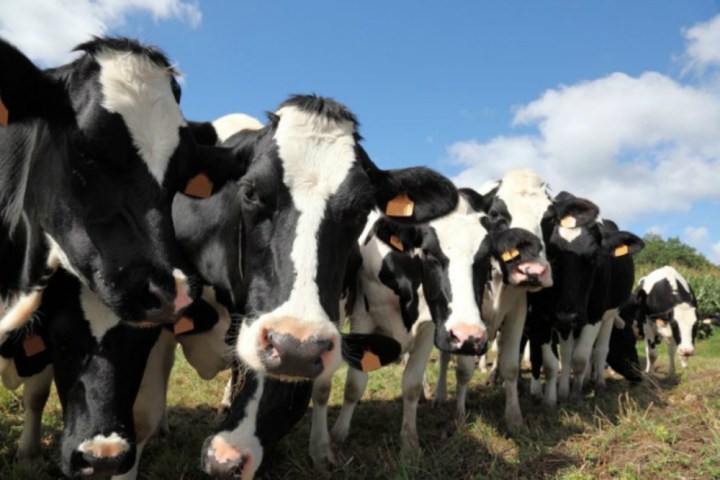
Arun Nirmal is Arcluster’s research director. Nirmal says cows are going to be the greatest factor in the coming connected farming boom. “The intersection of highly sophisticated automation and M2M [machine to machine] technologies combined with the application of industrial internet of things in this space is set to disrupt the industry over the next decade.”
Connected cow applications include automated milking and feeding, health monitoring, herd management, comfort and cleaning, and mating management.
Let’s go through that list. As The Register points out, milking and feeding are already automated in most developed countries. Health management with bovine wearables to monitor vital signs just involves larger wristbands.
Herd management used to be done with cowbells, but GPS locator chips on collars or ear tags can handle it on the connected farm. (Perhaps there will be a side business supplying excess cowbells to garage bands.)
Comfort and cleaning as a category brings up images of shovels and hoses, for anyone who has ever lived or worked on a farm, but in time there may be robots to handle those chores.
Mating management is where the topic gets interesting. Fujitsu has already developed a wearable and an app for that. According to The Register, cows “commence oestrus at night and a day or two beforehand become rather more mobile.” So tracking bovine friskiness will be the key to lining up pasture booty calls more efficiently.
As explained by The Register, when the data is right “farmers know when it’s time to get some sperm out of the deep freeze and open that big new packet of rubber gloves.”
Microsoft has separately been involved in a project that monitors amorous bovine behavior. We’re not going to milk this story beyond mentioning that, in order for cows to be optimal milk producers, they have to be in a continuous cycle of pregnancy and calving. The internet of cows will help with this, keeping cows healthy and ensuring that the milk keeps flowing.



